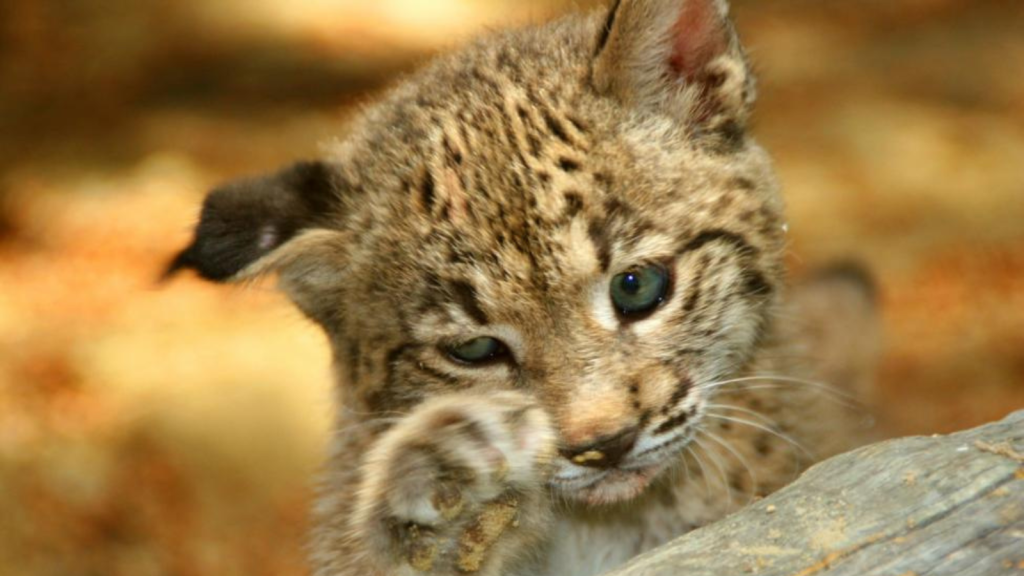I’ve always been amazed by stories of wildlife making an unexpected comeback. With so many species facing extinction due to habitat destruction, climate change, or human activity, it can often feel like we’re fighting a losing battle. But every now and then, we’re reminded of how resilient nature can be. Some animals, against all odds, have bounced back when we thought they were nearly gone for good. Whether it’s thanks to conservation efforts or their own ability to adapt, these species show us that recovery is possible. Let me share with you some of the most inspiring wildlife comebacks that give me hope.
1. The Bald Eagle
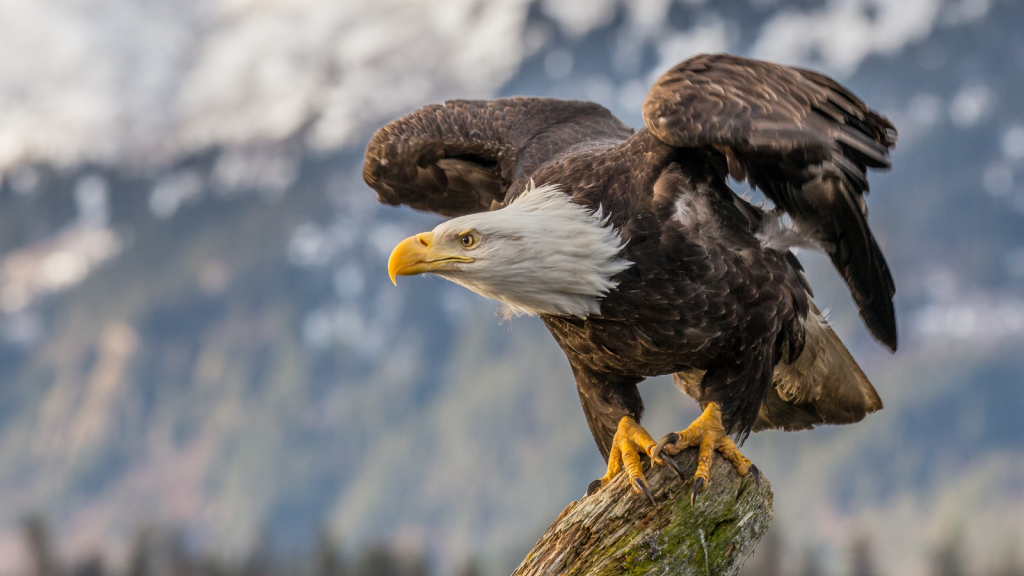
Once facing near extinction in the 20th century due to the pesticide DDT, the iconic bald eagle has made a spectacular comeback. After DDT was banned in the 1970s and conservation efforts ramped up, their numbers surged. Today, their population in the U.S. has risen to over 300,000, soaring high once again.
2. The Gray Wolf
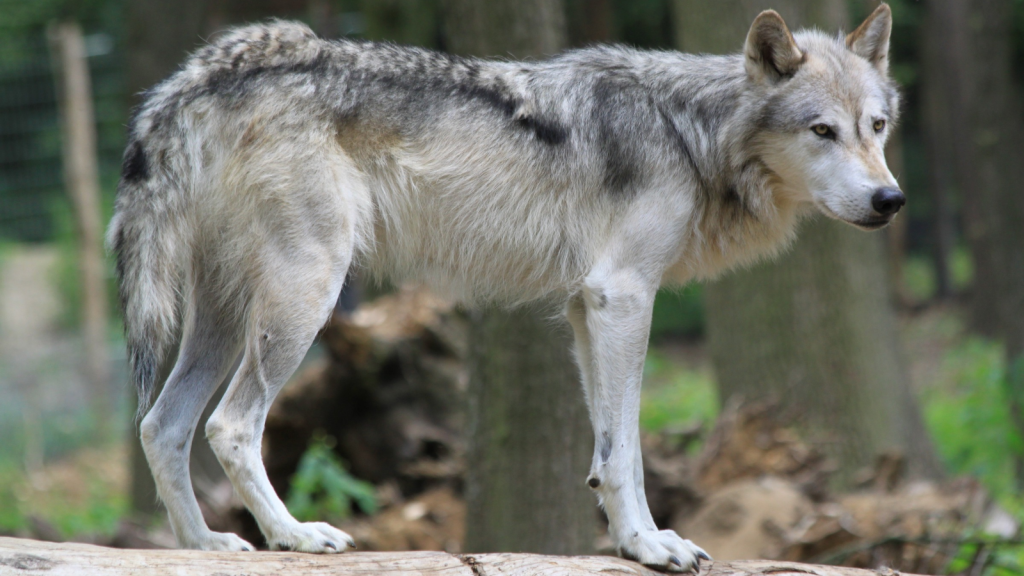
Once hunted to near-extinction across Europe and North America, the gray wolf has steadily returned thanks to conservation programs. In places like Yellowstone National Park, their reintroduction has restored the balance of the ecosystem. With growing populations, they’ve reclaimed territories they hadn’t roamed in decades.
3. The Humpback Whale
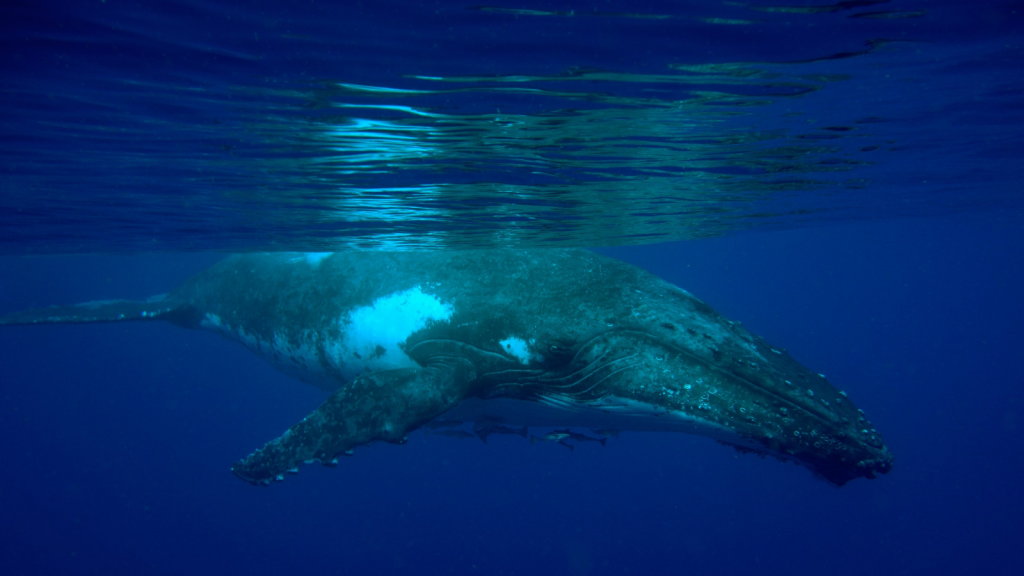
Hunted relentlessly for their blubber and meat, humpback whales were teetering on extinction by the mid-20th century. Fortunately, whaling bans and protected areas in the ocean have allowed their numbers to grow. Now, these gentle giants are often spotted migrating across the world’s oceans, with populations in some areas recovering by as much as 90%.
4. The European Bison
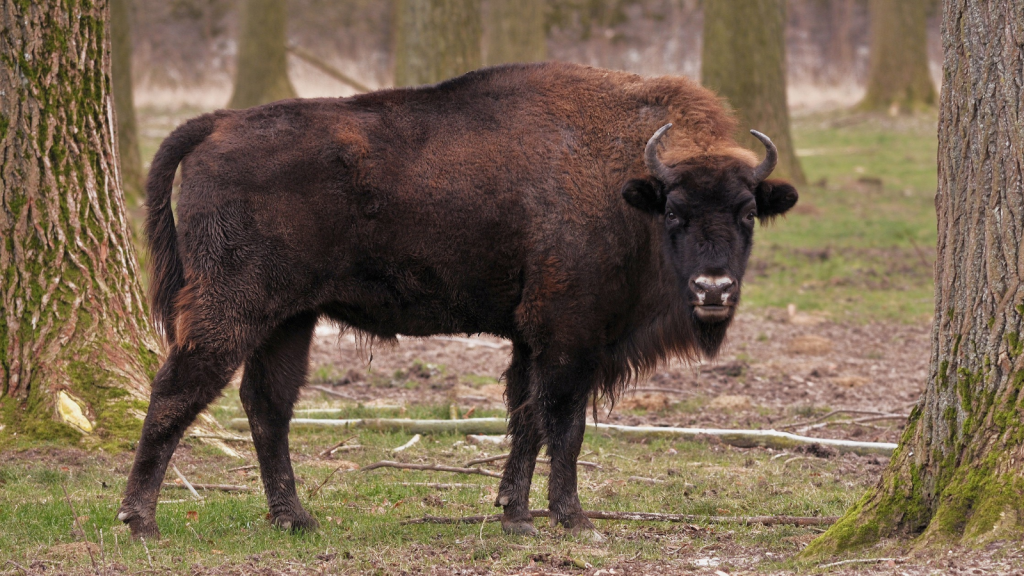
Europe’s largest land mammal was nearly wiped out in the early 20th century, with the last wild individual killed in 1927. However, conservationists managed to bring them back through captive breeding programs. Now, there are over 7,000 European bison living in the wild across various reserves, a powerful symbol of rewilding success.
5. The Giant Panda
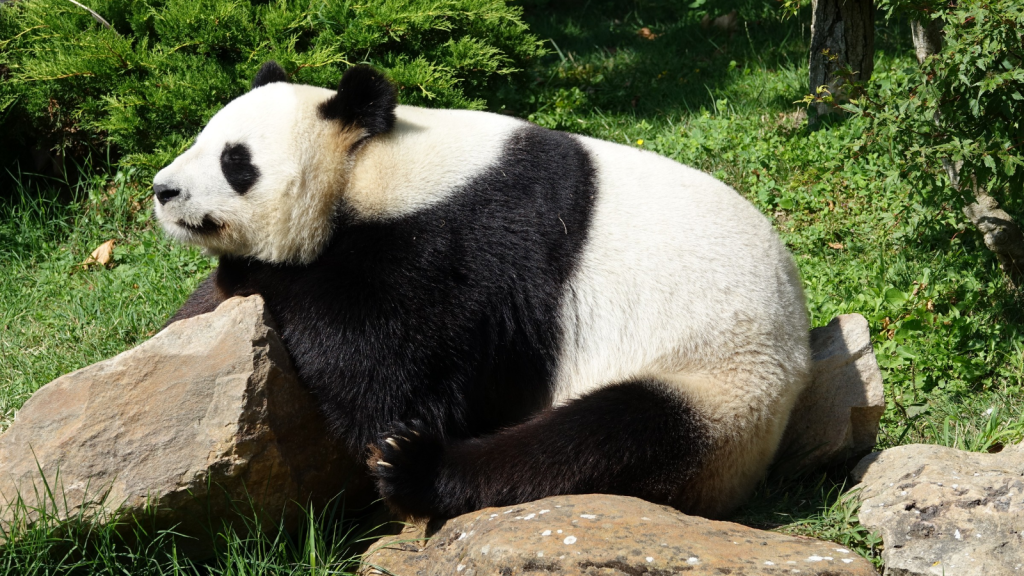
The giant panda has been a poster child for conservation, and for good reason. In the 1980s, their numbers were dangerously low due to habitat loss. But through dedicated conservation efforts and the creation of panda reserves in China, the population has increased steadily. The giant panda is now classified as “vulnerable” rather than “endangered.”
6. The Southern White Rhino
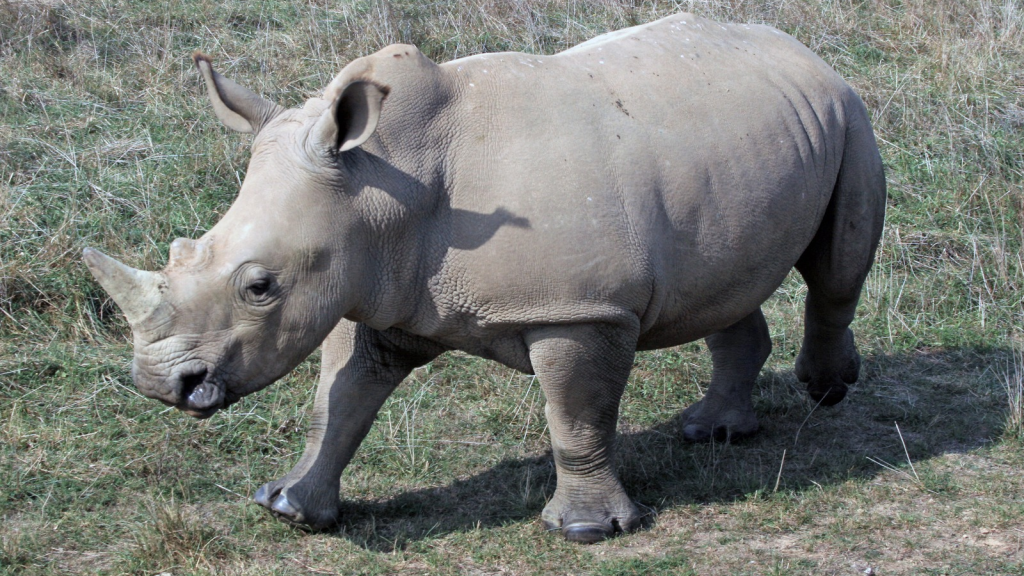
Southern white rhinos were thought to be extinct in the late 19th century, with only a small population surviving in South Africa. Conservationists stepped in, and their numbers have since grown to over 18,000. Although they still face threats from poaching, their revival is one of Africa’s biggest conservation success stories.
7. The Iberian Lynx
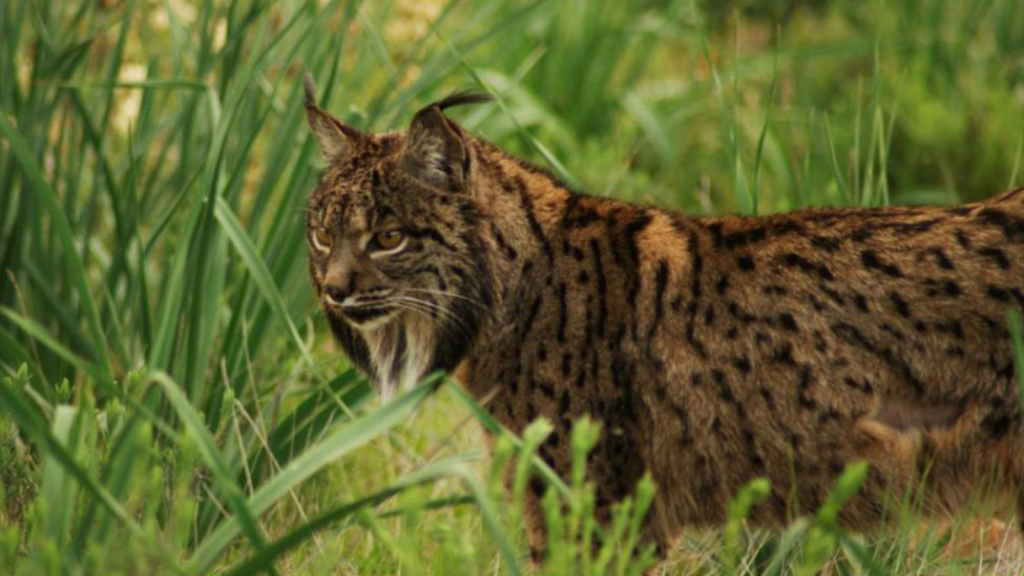
The Iberian lynx, once the world’s most endangered cat, was on the brink of extinction with only about 100 individuals left in the wild by the early 2000s. After dedicated efforts to protect their habitat and breed them in captivity, their population has increased to around 1,000 individuals, a huge leap for this elusive predator.
8. The American Bison
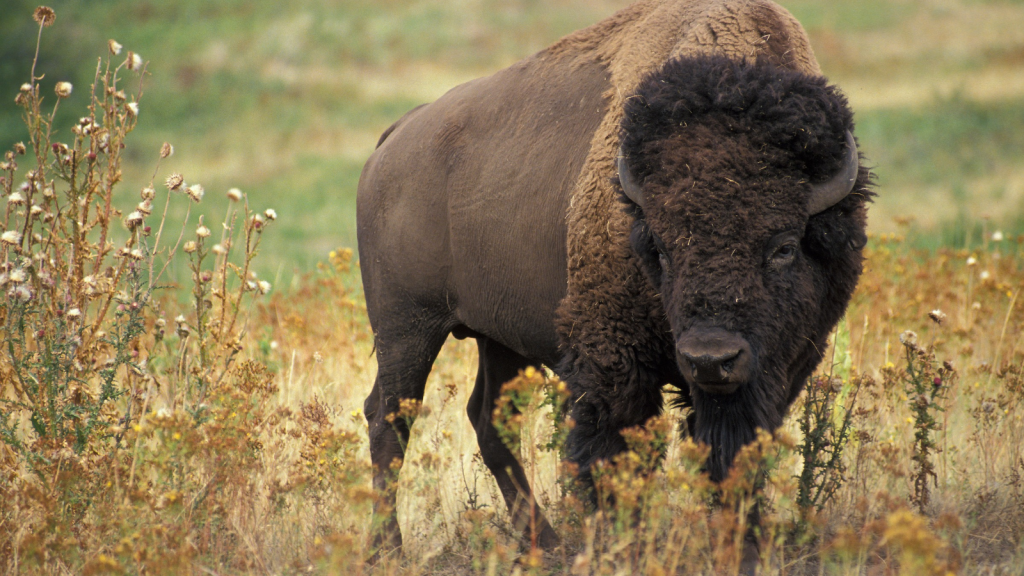
The American bison was driven nearly to extinction during the 19th century, when its population dwindled to just a few hundred due to hunting and habitat loss. However, through conservation efforts, their population has recovered to over 500,000. These powerful animals now roam parts of North America once again.
9. The Green Sea Turtle

The green sea turtle, heavily impacted by fishing nets, plastic pollution, and illegal poaching, has made a surprising recovery. Conservation measures, including protected nesting beaches and changes in fishing practices, have led to population increases. Green sea turtles are now more frequently spotted along tropical and subtropical shores.
10. The Peregrine Falcon
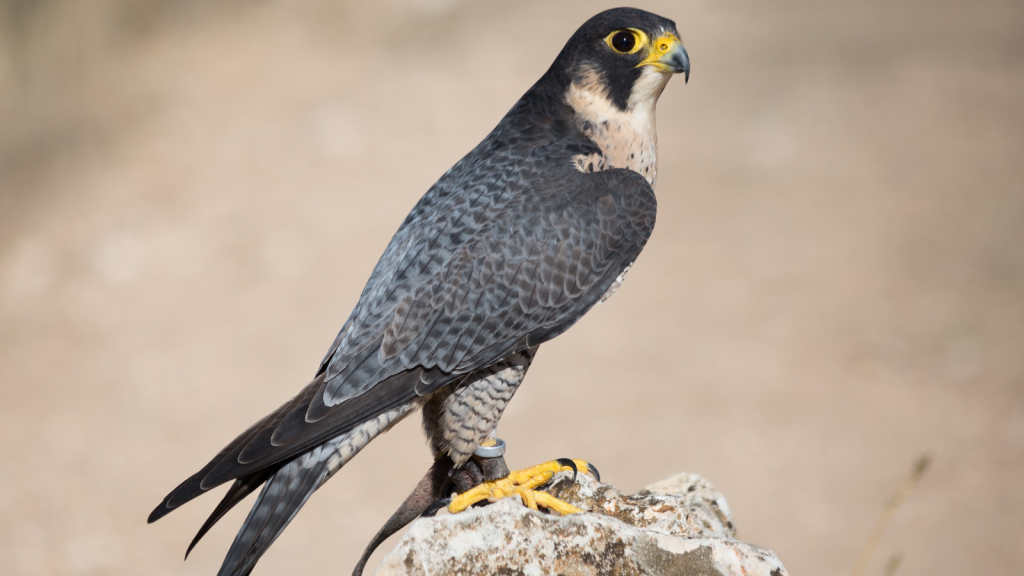
Once nearly wiped out by the pesticide DDT, which caused their eggshells to thin, peregrine falcons made a remarkable recovery after the chemical was banned. With the help of breeding programs, these incredible birds of prey have flourished, especially in urban areas where they nest on tall buildings, mimicking the cliffs they traditionally called home.
11. The Mountain Gorilla
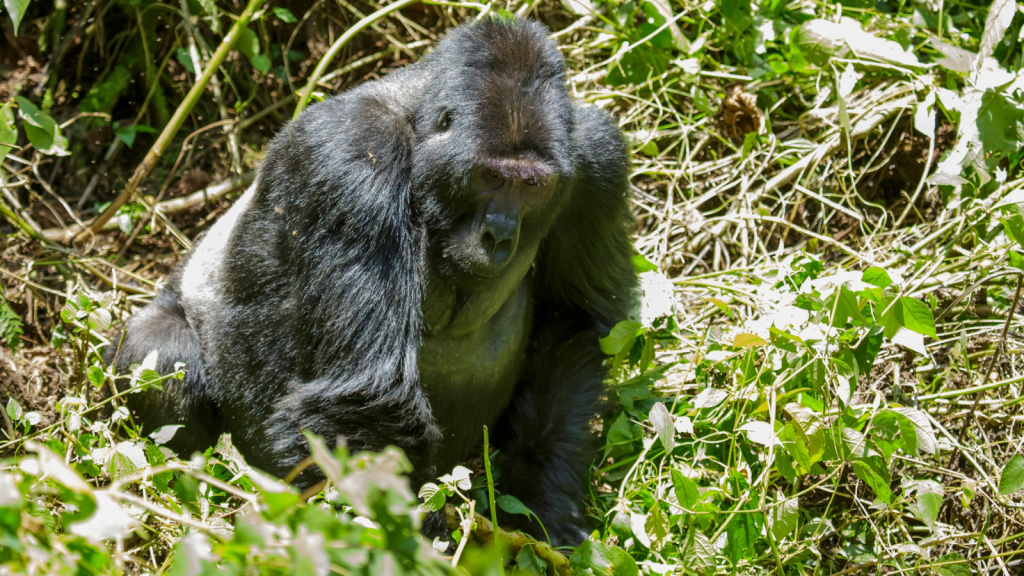
Mountain gorillas were once thought to be on the edge of extinction, with fewer than 300 individuals left in the wild in the 1980s. Thanks to intense conservation efforts, including anti-poaching patrols and habitat preservation, their numbers have rebounded to over 1,000 today, offering hope for the future of this critically endangered species.
12. The California Condor
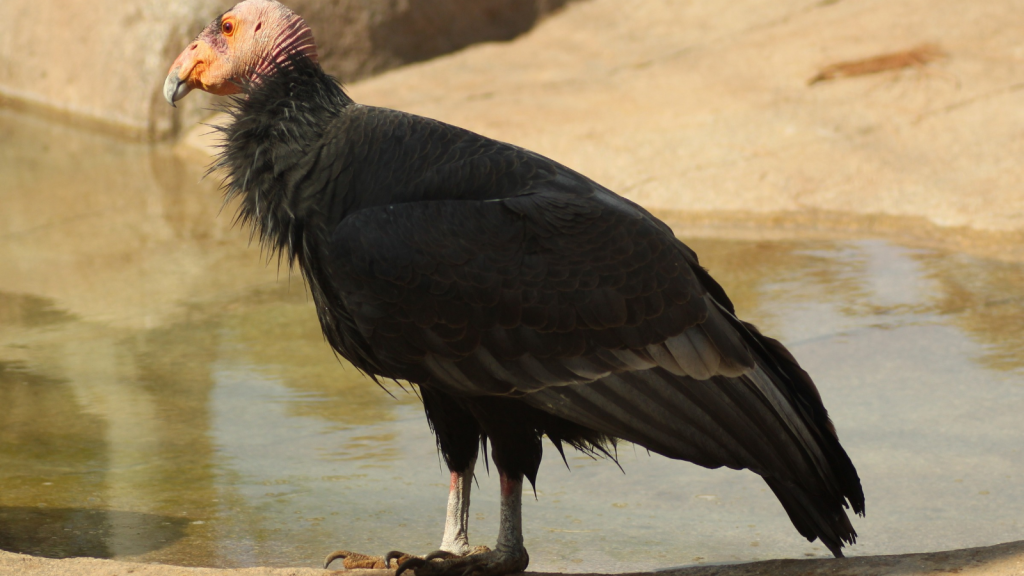
The California condor faced extinction in the 1980s, with only 27 individuals left in the wild. A desperate captive breeding program was launched, and today there are over 500 of these magnificent birds flying free once more. Their comeback is one of the most dramatic in modern wildlife history.
13. The Red Kite
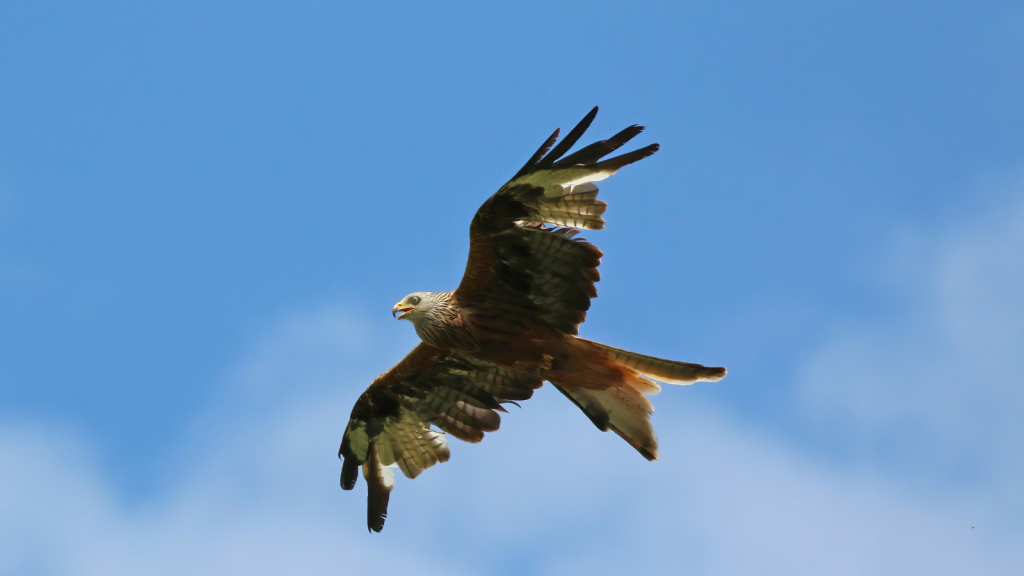
Once common across the UK, red kites were nearly wiped out by hunting and poisoning by the early 20th century. A reintroduction program in the 1990s has seen these striking birds return in force, with thousands now soaring above the British countryside, delighting birdwatchers and nature lovers alike.
14. The Arabian Oryx
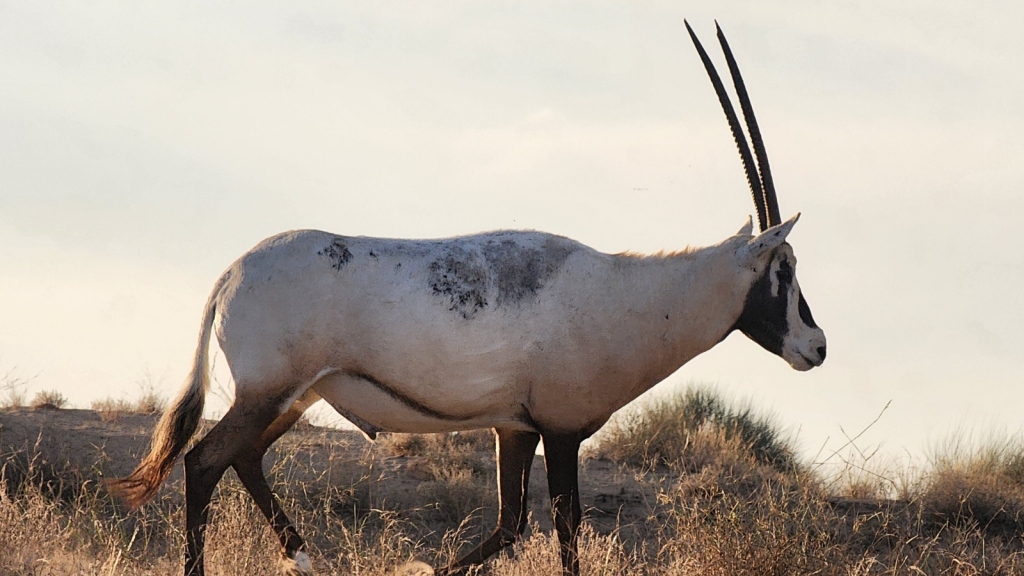
Once extinct in the wild due to overhunting, the Arabian oryx was saved by a successful captive breeding program. Today, they have been reintroduced to their native habitats in the deserts of the Arabian Peninsula, and their population is growing steadily. The Arabian oryx is now listed as “vulnerable” rather than “extinct in the wild.”
15. The Amur Leopard
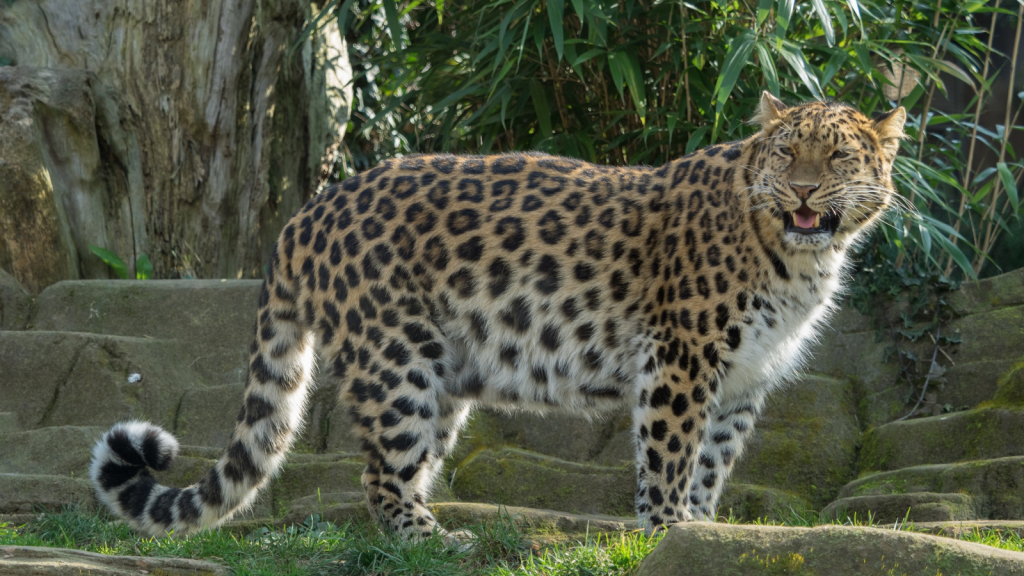
The Amur leopard, one of the rarest big cats in the world, was on the brink of extinction with only about 30 individuals left in the wild in the 2000s. Conservation programs and anti-poaching measures have helped their numbers increase to over 100 today, though they still remain critically endangered.
16. The Black-Footed Ferret
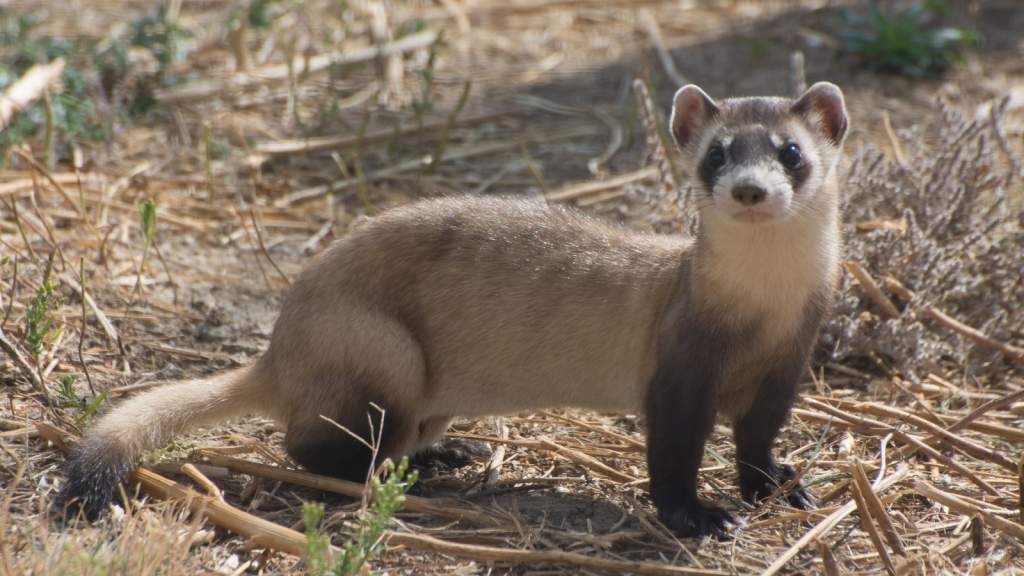
Declared extinct in the wild in the late 1980s, the black-footed ferret was rediscovered and reintroduced through breeding programs. Thanks to these efforts, over 300 ferrets now live in the wild, and their numbers are slowly rising as conservationists continue to protect this small but fierce predator.
12 Facts About the Adder, Britain’s Only Venomous Snake
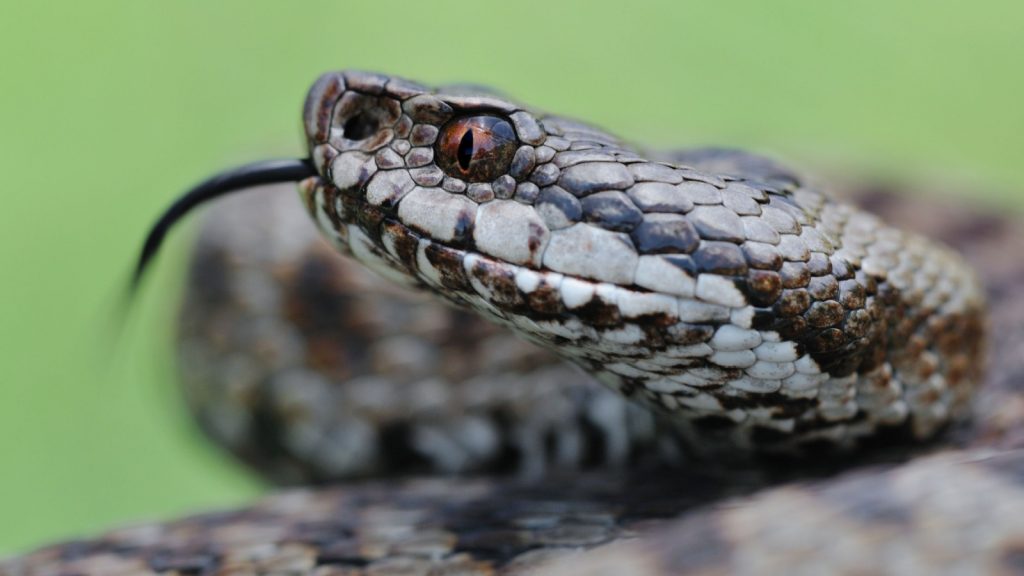
The adder, also known as the common viper, is Britain’s only venomous snake. While these fascinating creatures are often feared, they play an important role in the country’s ecosystems. Here are 12 scintillating facts about adders that will help you appreciate these misunderstood reptiles.
Read More: 12 Facts About the Adder, Britain’s Only Venomous Snake
Ellen has been obsessed with logic puzzles, jigsaws, and cryptograms since she was a kid. After learning she was taught how to play chess wrong by a family friend (so they could win), she joined her school chess club and the rest is history.
